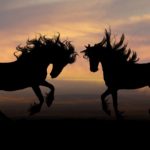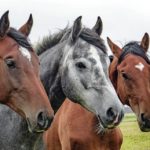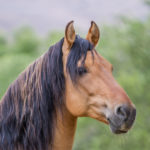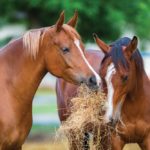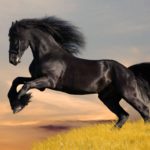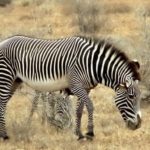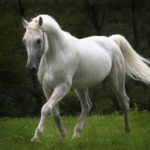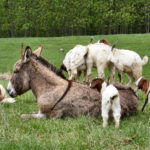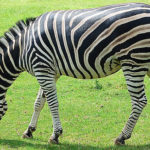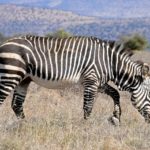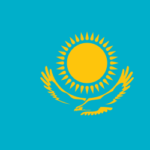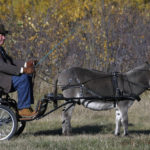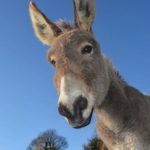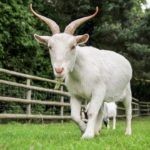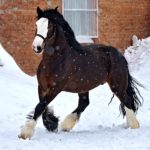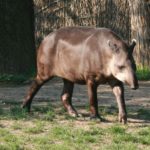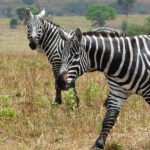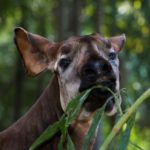Horses – information
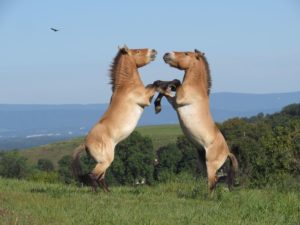 It is believed that the ancestors of horses arose in the course of evolution even before the wide spread of cereal communities and ate not by grass, but by leaves and young undergrowth shoots. When in connection with climatic changes the steppes were pressed by forests, these animals became actually herbivores, which stimulated the further formation of their modern signs. Natural selection was also determined by constant interaction with large predators: attacks of wolf packs favored the survival of the most fast-moving prehistoric horses.
It is believed that the ancestors of horses arose in the course of evolution even before the wide spread of cereal communities and ate not by grass, but by leaves and young undergrowth shoots. When in connection with climatic changes the steppes were pressed by forests, these animals became actually herbivores, which stimulated the further formation of their modern signs. Natural selection was also determined by constant interaction with large predators: attacks of wolf packs favored the survival of the most fast-moving prehistoric horses.
Modern horses are very different from small forest animals, which gave rise to this family in the Eocene.
Formed throughout the long evolution of quality – quickness and endurance, intelligence and strength, the ability to tolerate a variety of climatic conditions and feed on scanty coarse fodder – perfectly adapted the domestic horse to the needs of a developing civilization. In fact, the last chapter in the evolutionary history of the horse is inscribed by a man who, through artificial selection, brought animals that best suited his needs.
Modern breeds originated from wild horses. Now only one of their taxa is preserved – the horse of Przhevalsky, and the wild Russian horse, or steppe tarpan, possibly belonging to the same species, died out in the 19th century. Apparently, it is these animals and, it is not excluded, some larger “forest horse” that lived in prehistoric times in Western Europe, gave rise to all the present breeds of a domestic horse. Domestication of horses began more than 2500 years ago.
All representatives of the genus Equus are fast-running, hardy herbivores, and their morphology corresponds exactly to this way of life. Other mammals, such as antelopes, adapted to a similar survival strategy in their own way, but all horses, regardless of their evolutionary advancedness, possess the features that allow them to be considered as a single independent group, despite interspecies differences and adaptive features common with other groups.
